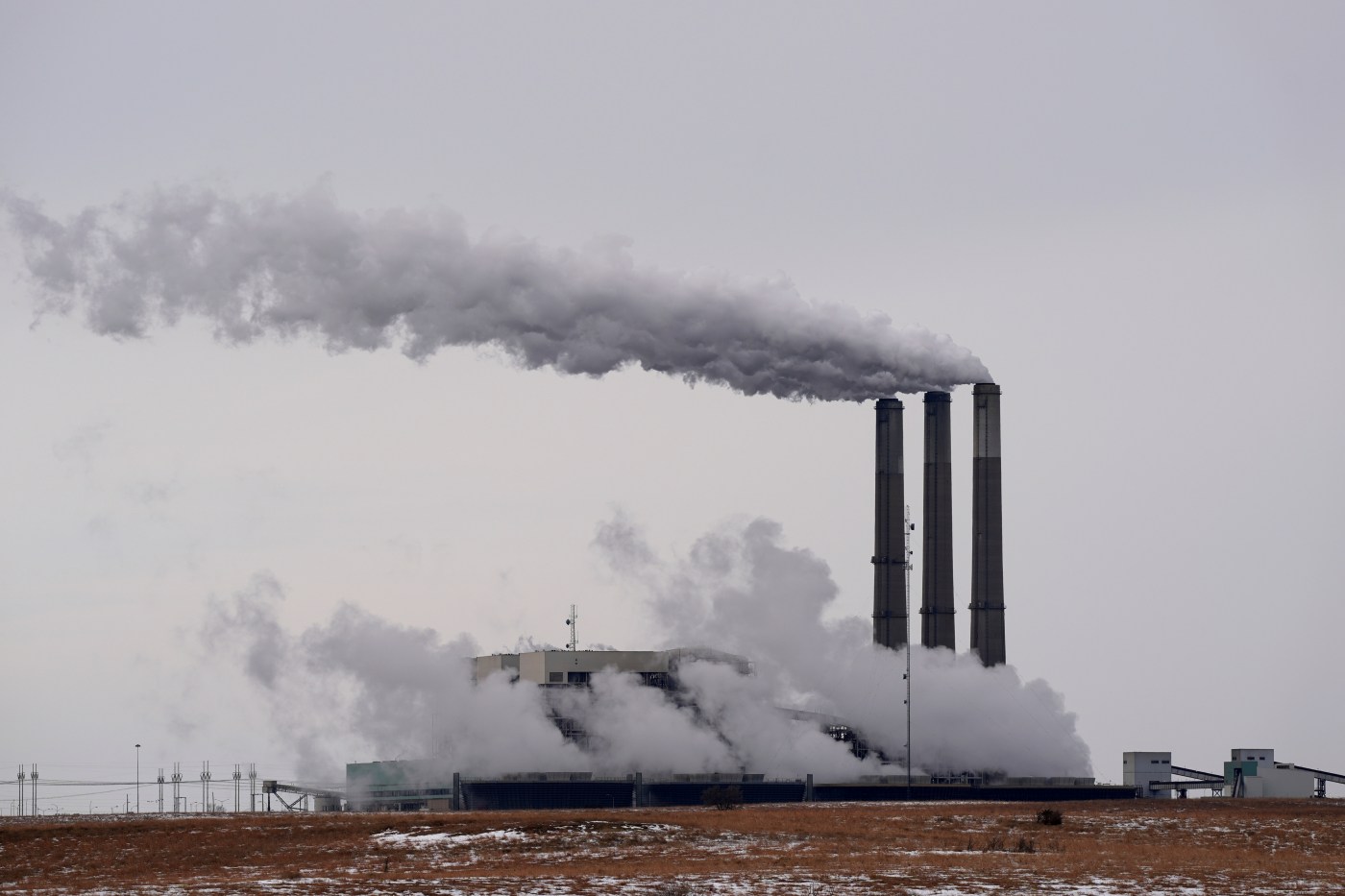
Jarrett: Coal the answer to soaring power demand
Artificial intelligence’s takeoff may well be this century’s dominant economic event. Among its other effects will be soaring demand for electricity from large AI-driven data centers, each that can use as much power as a city.
AI’s growth and potential will be governed by affordable and reliable electricity availability. The nations that have it will surge ahead in this new industrial arms race and those that don’t will fall behind. American energy policy has suddenly become foundational to our economic growth.
Let’s look at the effect of smartphones, social media and streaming services on our personal lives and the economy. The tech industry thinks the effect of the AI revolution will be even more significant. Yet, despite the enormous potential of AI, the explosive growth of data centers has collided with rapidly eroding grid reliability and a tightening power supply.
The loss of essential, baseload coal power has hollowed out the foundation of America’s power supply. An emphasis on renewable energy has left grids perilously short of power when they need it most. Weather-dependent sources of electricity predictably prove to be a poor match for the around-the-clock energy needs of data centers, much less homes and businesses.
While there is renewed interest in building next-generation nuclear power plants — and expanding the nation’s interstate transmission lines and natural gas pipelines to meet soaring demand — these solutions take time — and time we do not have.
Electricity demand is projected to double nationally by 2050, and in several states where data center growth is happening fastest, demand is growing far, far faster.
Where can we get reliable, already available power? It’s coal. Interior Secretary Doug Burgum, who heads the National Energy Dominance Council, said at a recent energy industry conference that the United States should not only halt the retirement of coal plants but restart shuttered coal plants to meet rising power demand.
The first half of the plan is already underway. The government has started undoing the regulatory blitz that would have closed the remaining coal fleet and made it impossible to build baseload power plants. Burgum and the secretary of energy are now exploring a market-based approach to keep essential coal plants running.
Renewable subsidies and clean energy mandates have turned electricity markets on their heads and eaten away at how often coal plants run. The typical coal plant is used only 40% of the time; a few years ago, the fleet ran more than 60% of the time.
If given better market signals, America’s existing coal fleet could generate a third more power than it does today, providing an immediate salve to the nation’s power demand and grid reliability challenges.
The underused coal fleet is a strategic asset we need to tap. America’s ability to win the AI revolution and reach our economic potential might depend on it.
Terry Jarrett is an energy attorney and consultant. He served on the board of the National Association of Regulatory Utility Commissioners and the Missouri Public Service Commission/InsideSources


